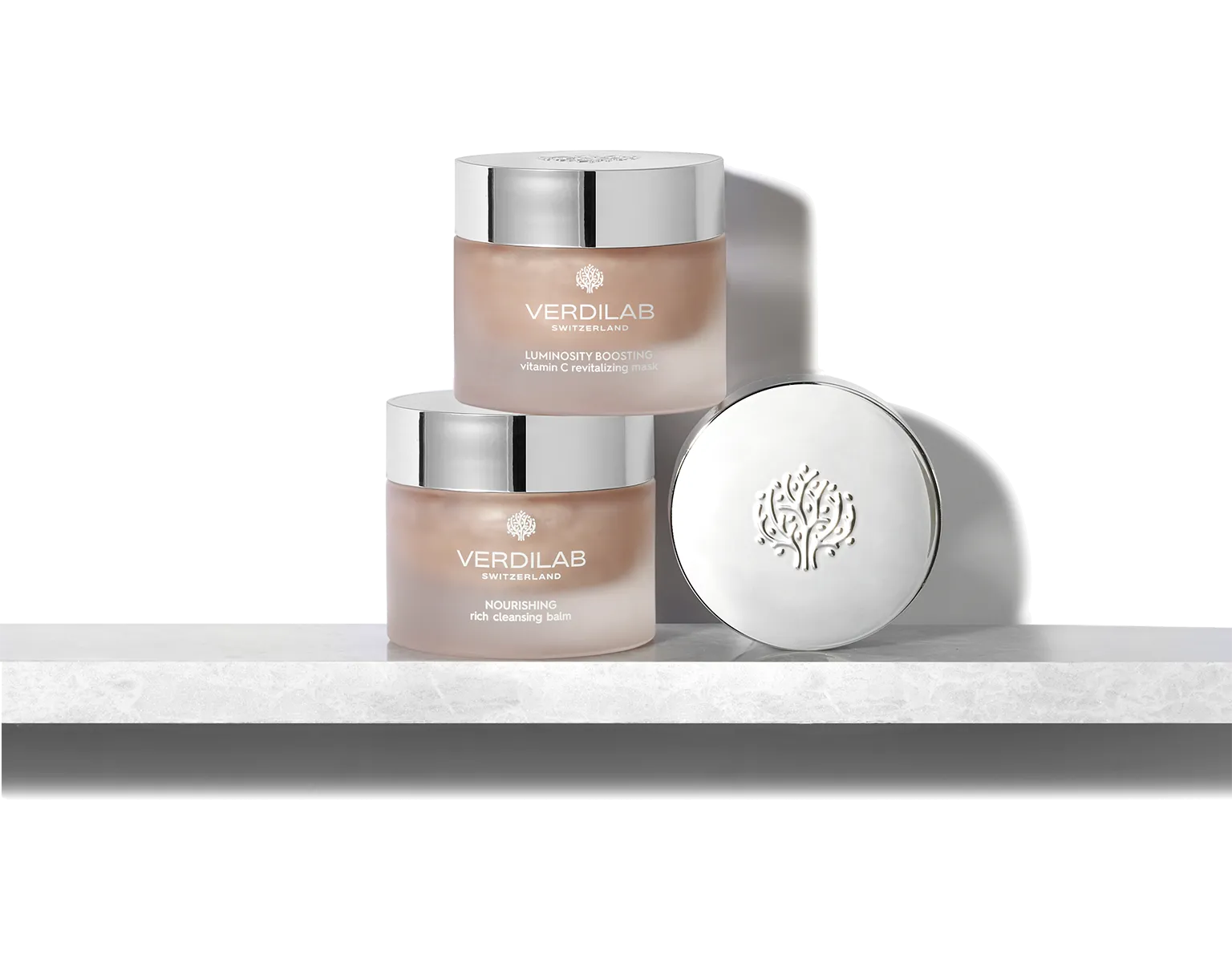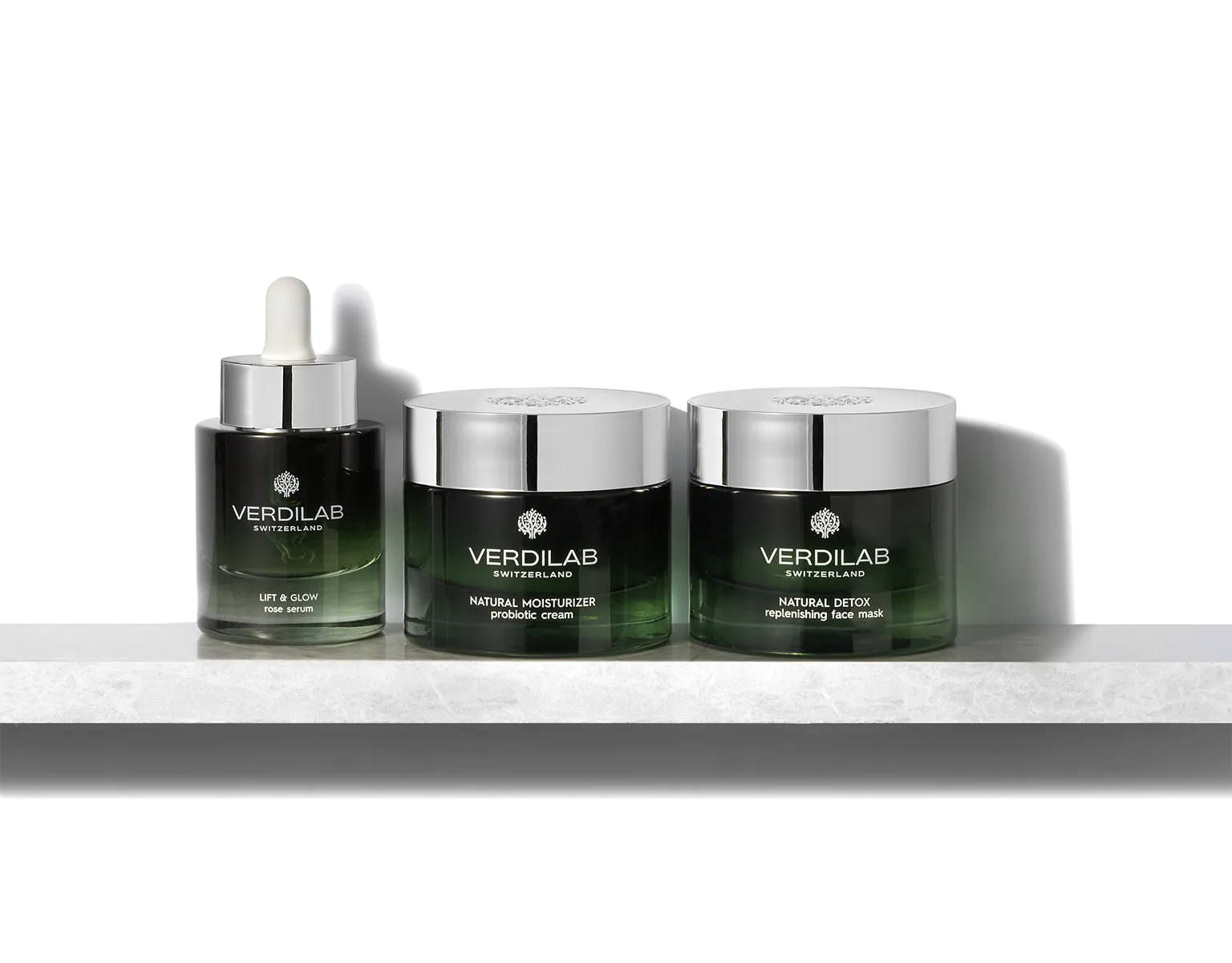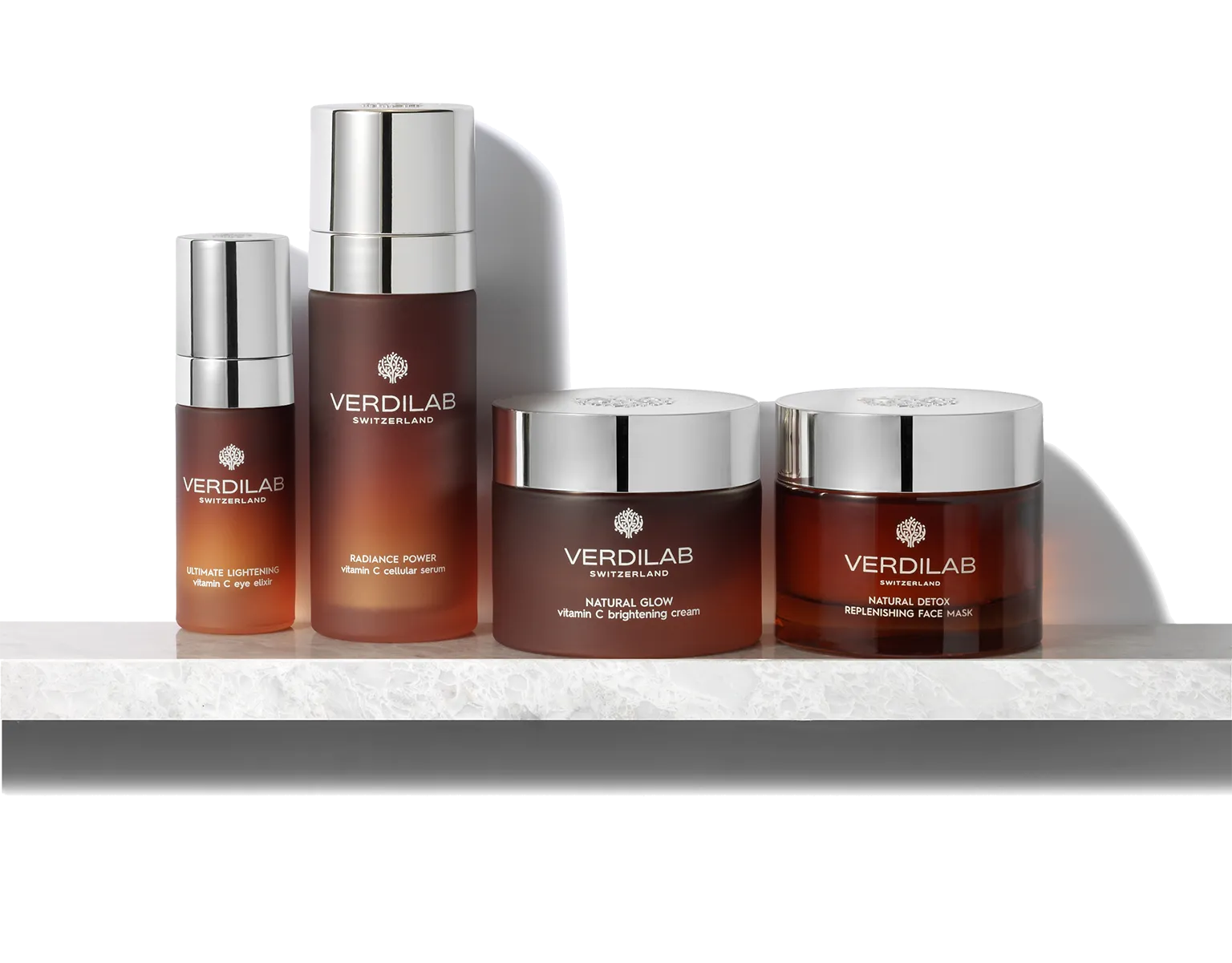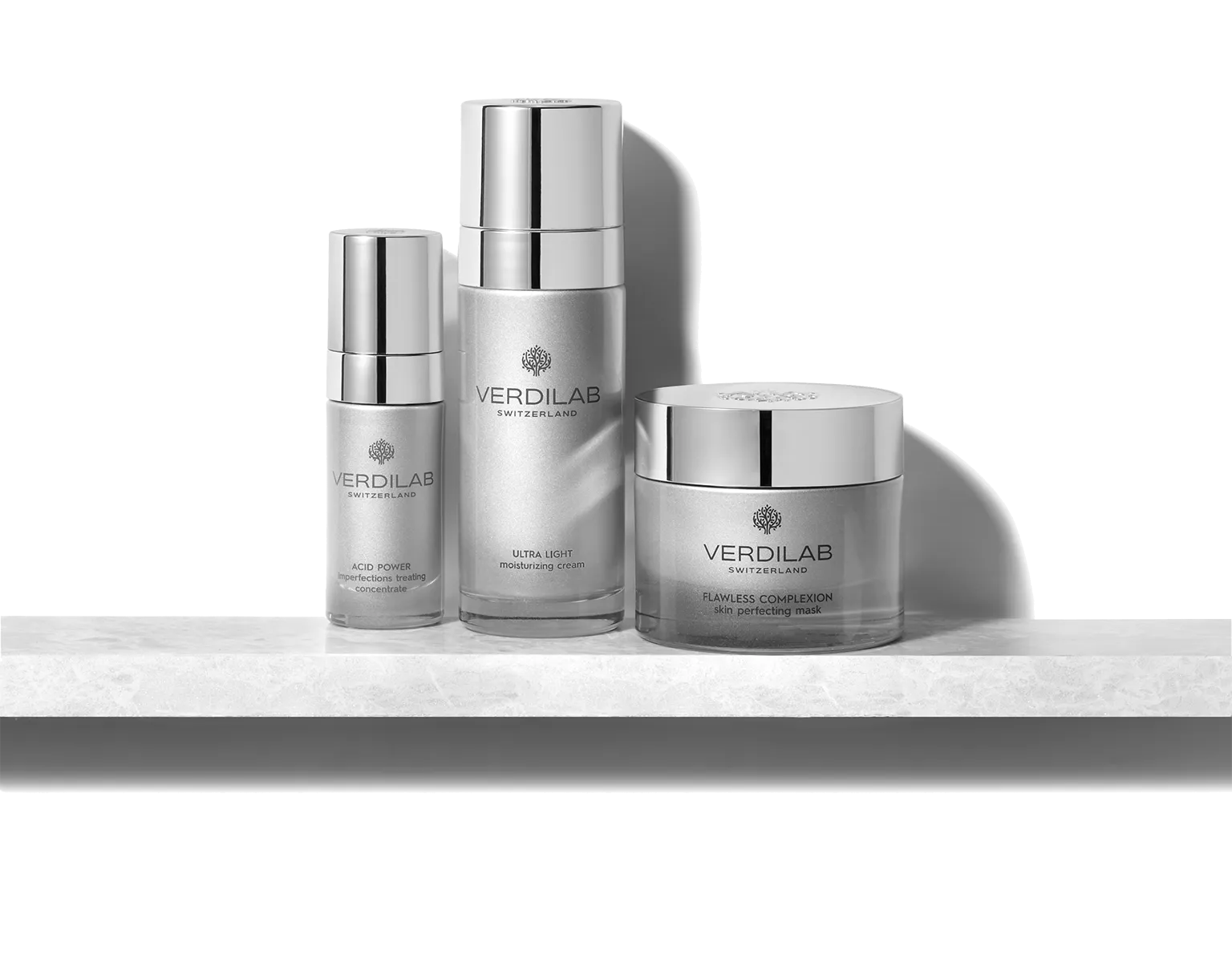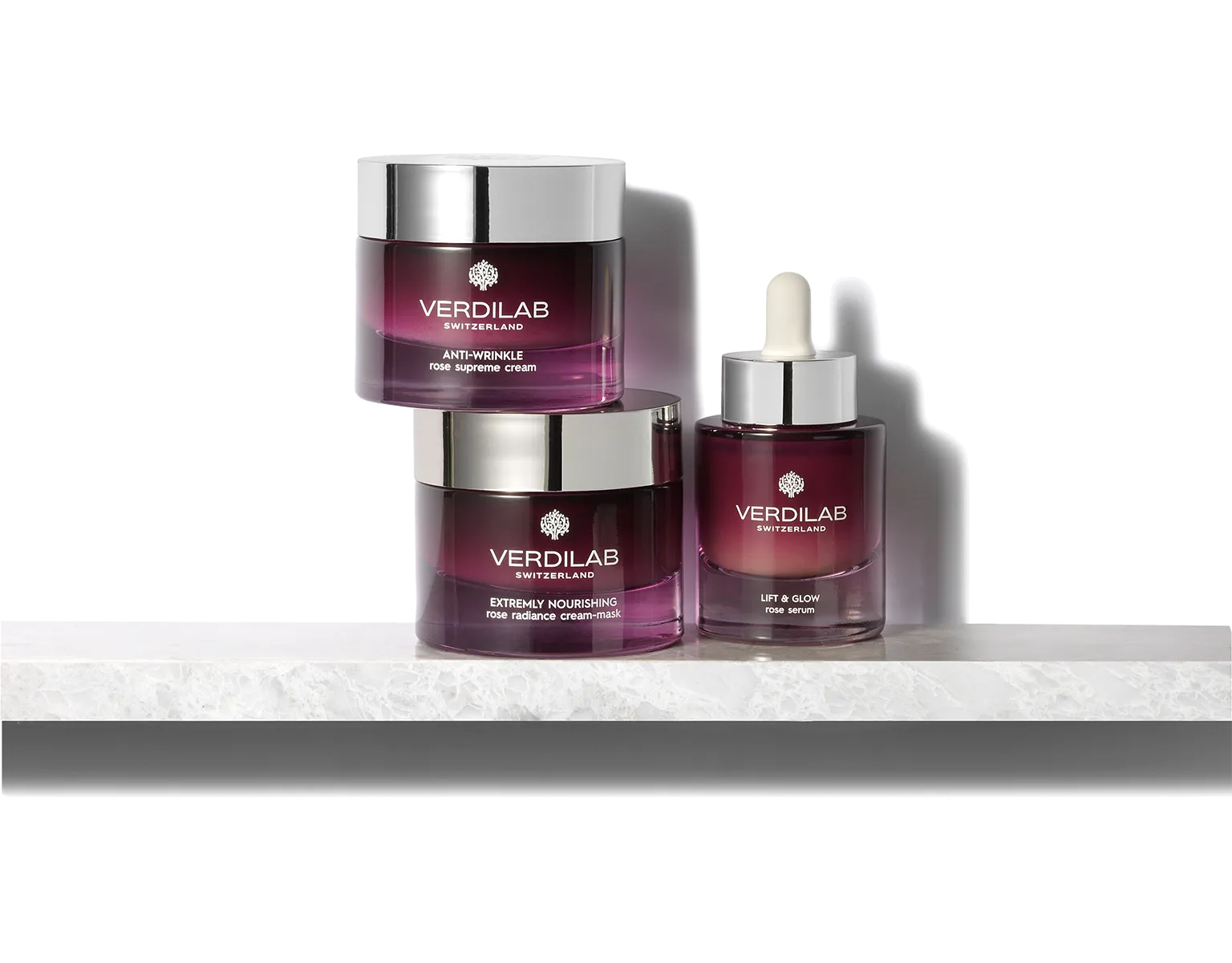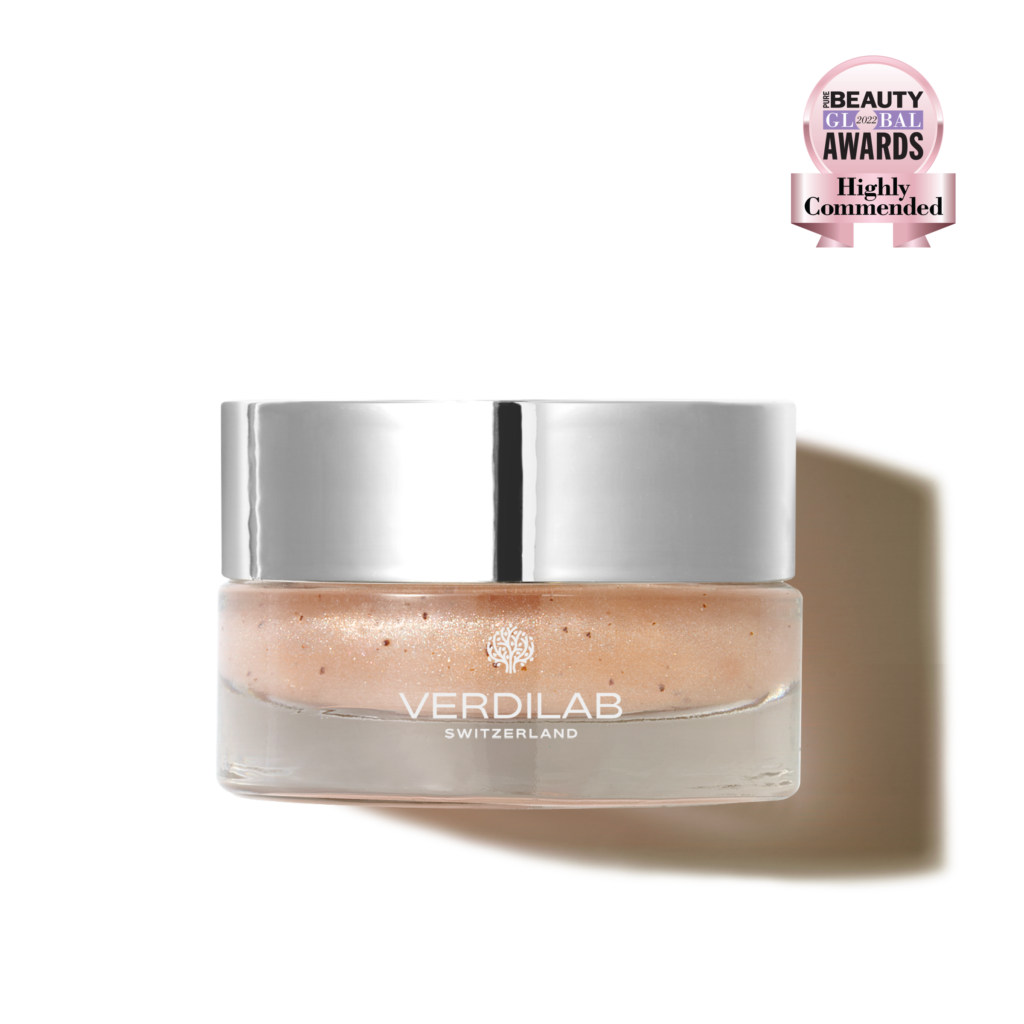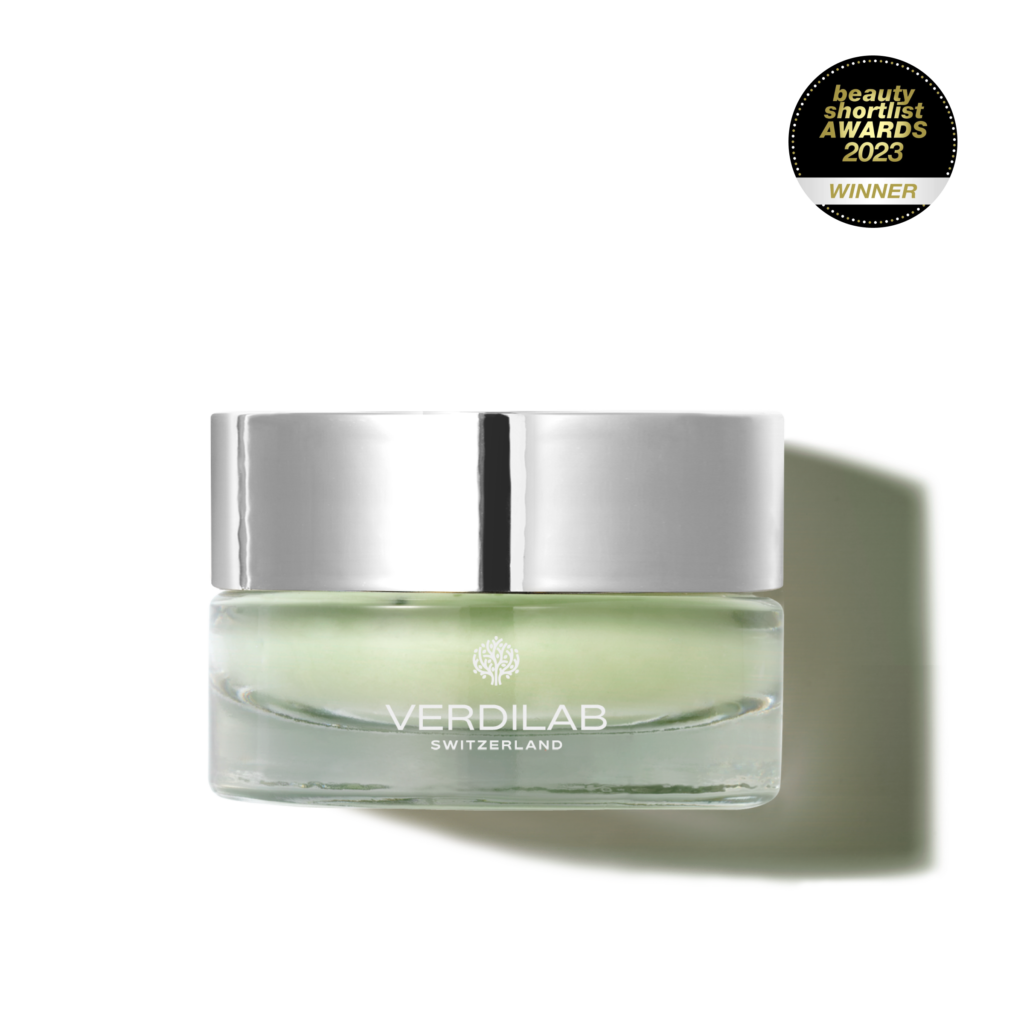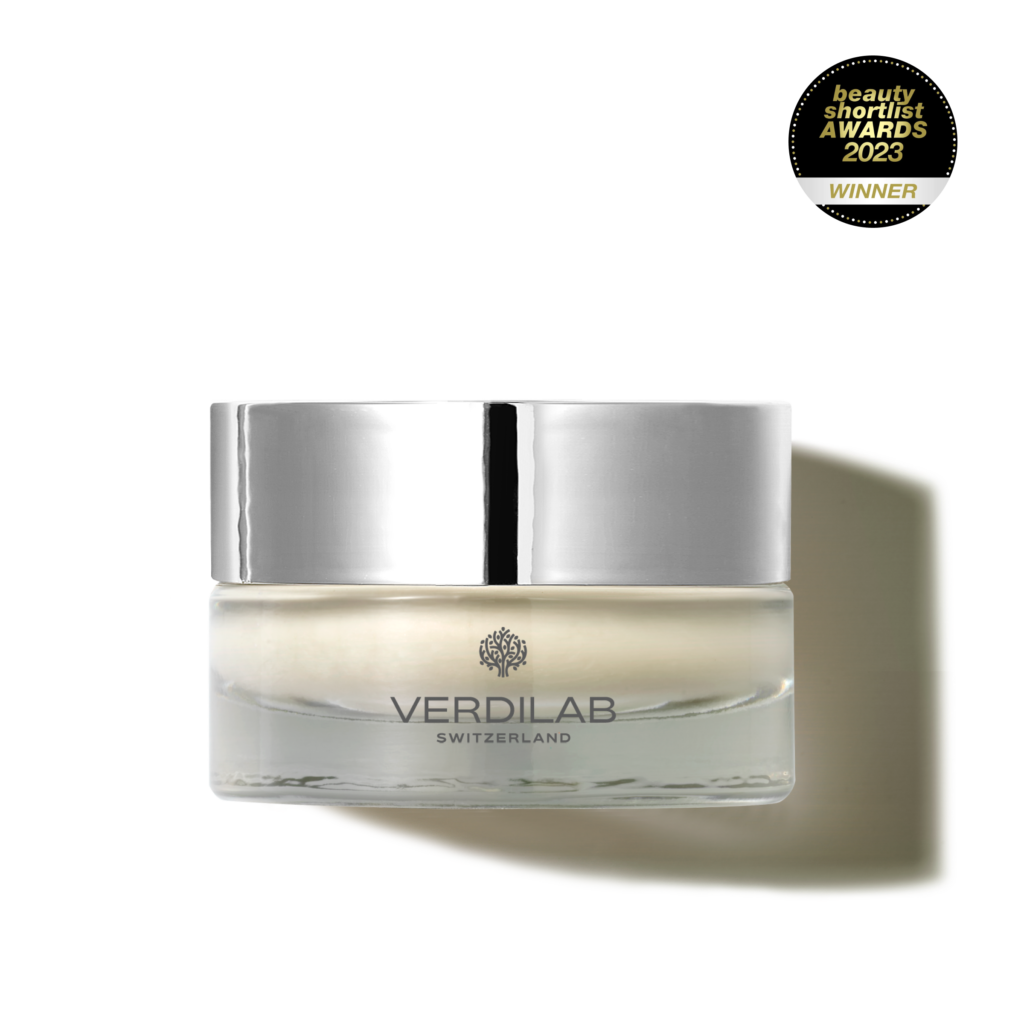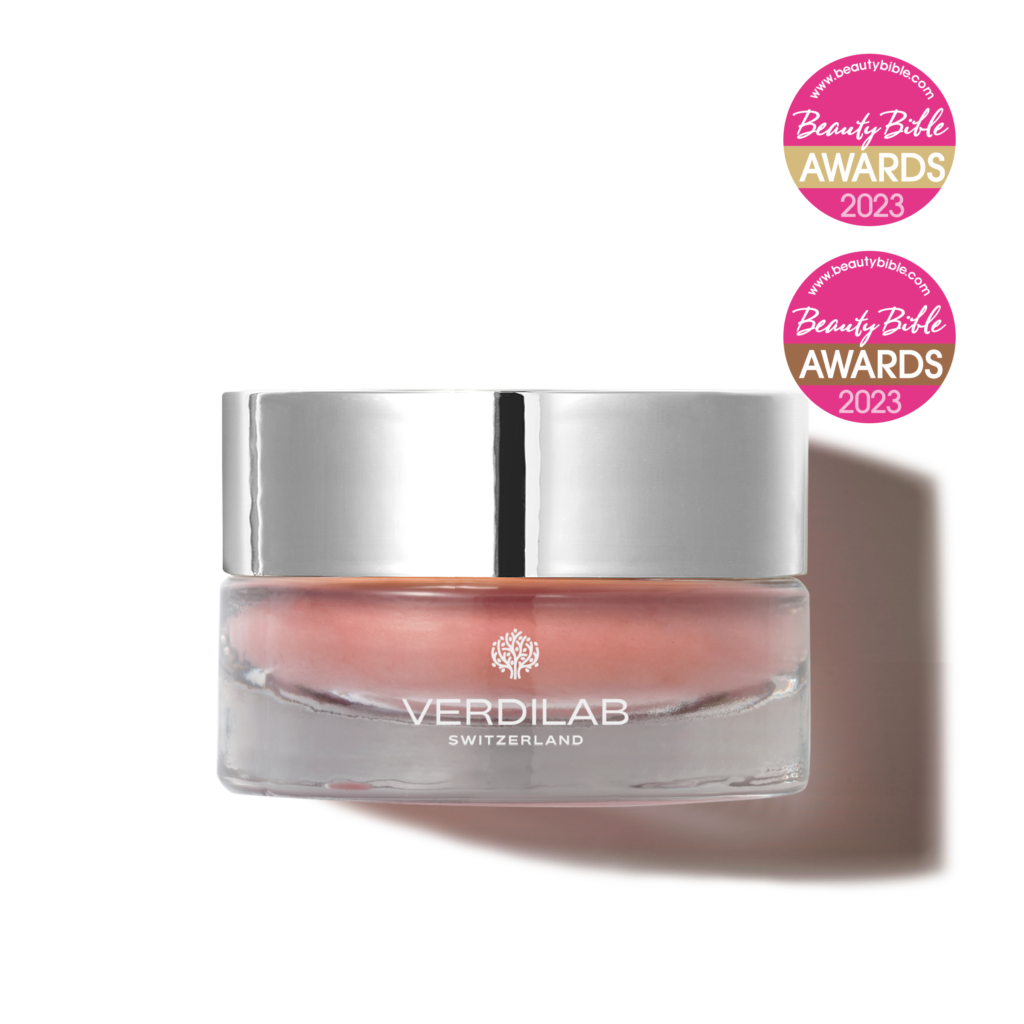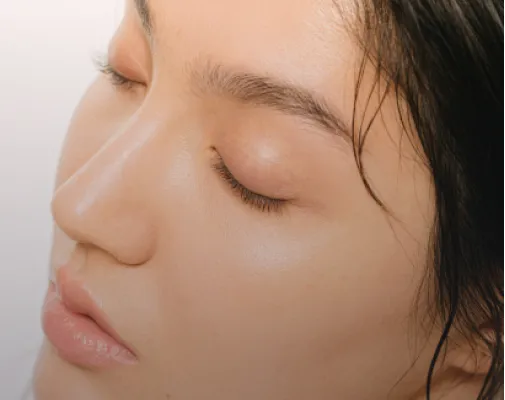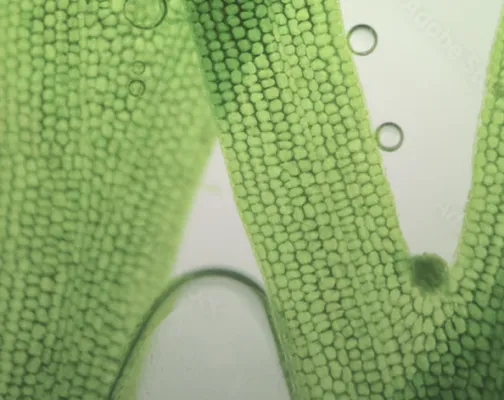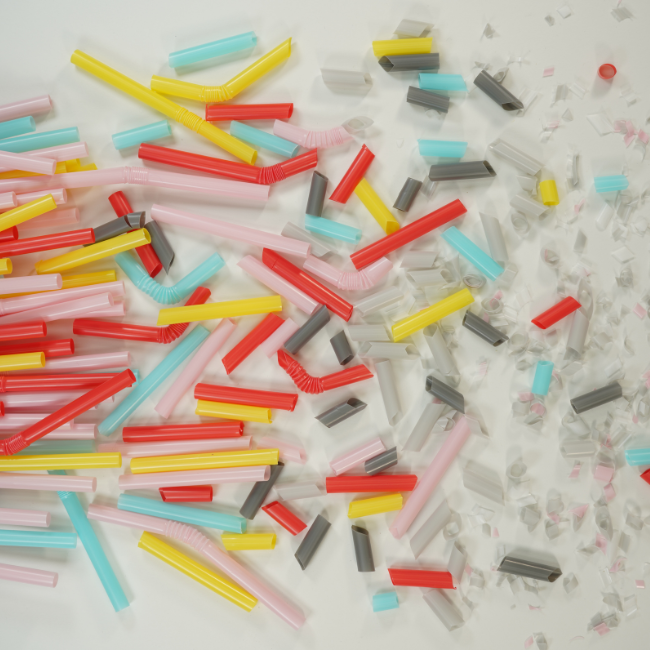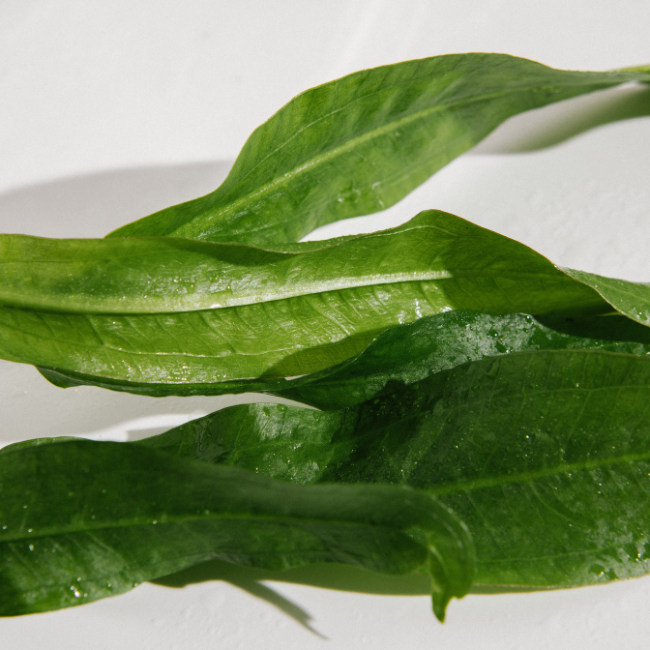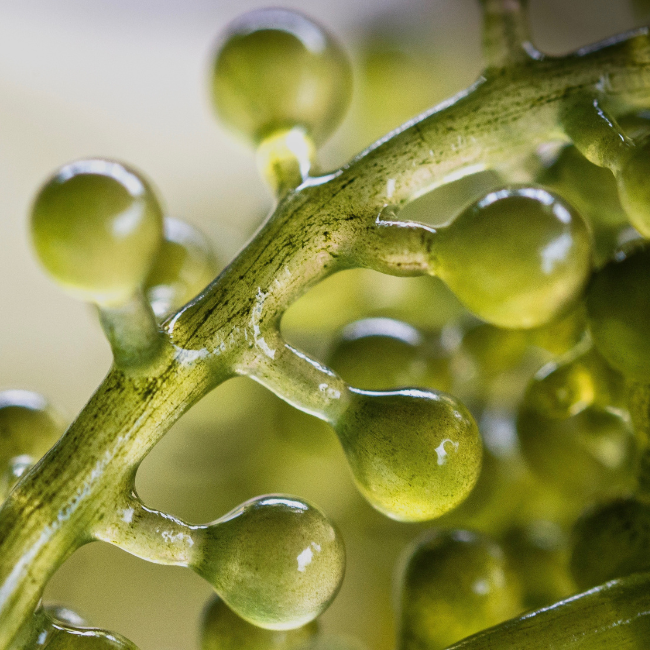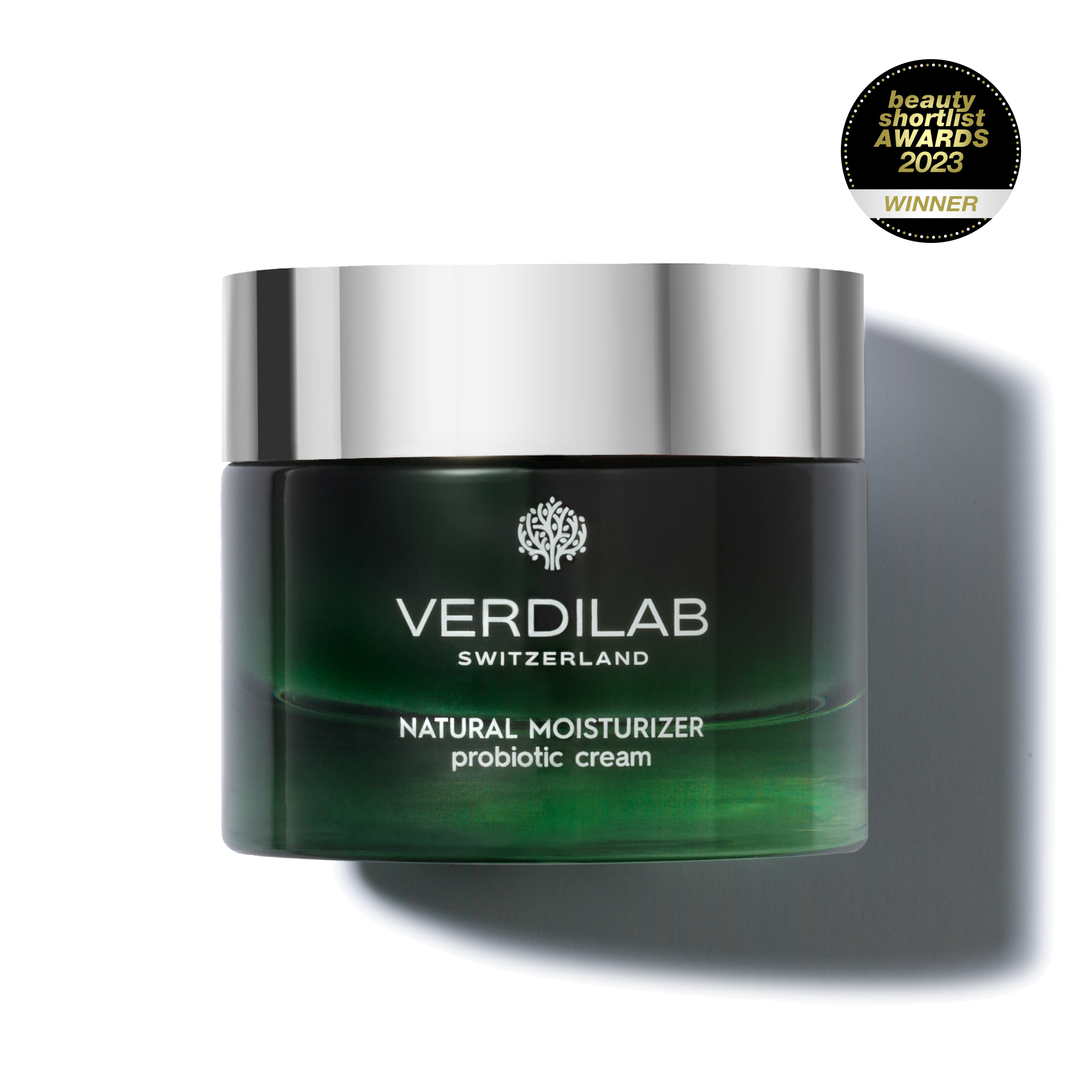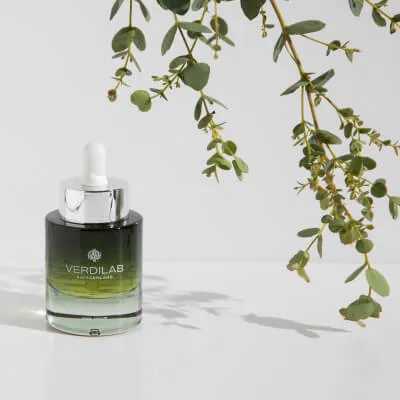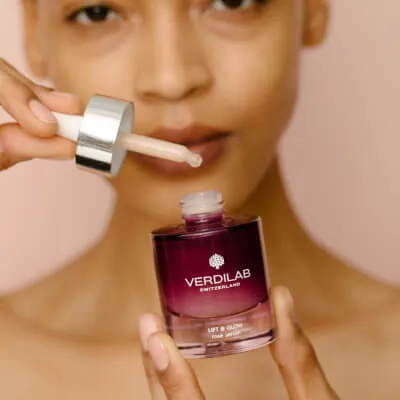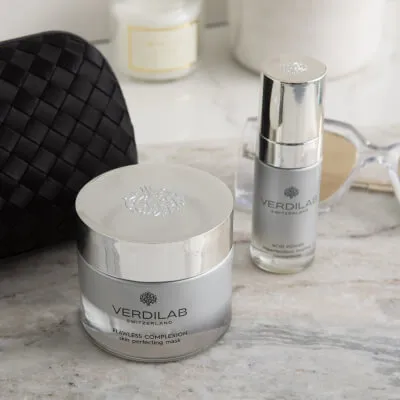- What Is Hyaluronic Acid?
- Hyaluronic Acid and Skin Aging
- Hyaluronic Acid Protects the Skin
- SOS: Declining Hyaluronic Acid Syntheses
- Hyaluronic Acid and Collagen
- What Does Hyaluronic Acid Do for the Skin?
- Getting Hyaluronic Acid Naturally
- The Science of Skincare
- FAQs
Hyaluronic acid is a type of carbohydrate that can bind as much as one thousand times its weight in water. It is found naturally throughout the human body, and it is extremely beneficial for hydrating the outer layers of the skin. The downside is that we make less of this molecule as we grow older. Luckily, we can boost our hyaluronic acid levels by taking supplements or eating certain foods.
Does Hyaluronic Acid Really Help Skin?
Hyaluronic acid has been attracting a lot of attention in recent years from both the medical community and the cosmetics industry. It is touted as being a miracle cure for dry and aging skin, and some even go so far as to claim that boosting its levels can prevent or treat arthritis.
But is any of this actually true, or is it just a lot of hype? This article will delve into the science and excitement surrounding it to answer this question. It will cover what hyaluronic acid is, how the body uses it and the role this important substance plays in keeping our skin looking its best.
What Is Hyaluronic Acid?
Hyaluronic acid is a carbohydrate that is part of a group of hygroscopic substances known as humectants. What makes humectants special is their ability to retain moisture. As mentioned, hyaluronic acid can bind up to one thousand times its own weight in water, which is why it plays such an important role in the human body. For example, it keeps the skin supple and hydrated and helps synovial fluid to lubricate our joints, and it is also the substance that gives our eyes their round shape.
Hyaluronic Acid and Skin Aging
The skin is the largest organ in the human body, and it contains about half of our hyaluronic acid stores. This acid that occurs naturally in the epidermis, which is the skin’s outermost layer, draws moisture from the dermis to provide hydration and prevent damage caused by the sun.
Unfortunately, our bodies produce less and less of it as we get older. And by the time we reach our 40s, our hyaluronic acid levels are about half of what they once were. This process, along with UV exposure, causes our skin to become dry and develop fine lines and wrinkles as we enter middle age.
Hyaluronic Acid Protects the Skin
Sunlight is our skin’s biggest natural enemy, and hyaluronic acid is its first line of defense. The sun’s damaging UV rays begin to deplete the skin’s hyaluronic acid levels almost immediately, and it only takes about five minutes before the body starts producing more to compensate. Children and young adults can produce all of this acid that they need, which is why suntans give them such a healthy glow.
However, older adults produce far less. We can give our bodies a boost in the battle against sunlight by applying sunscreen whenever we go outside, using skin creams and lotions that contain hyaluronic acid and eating foods rich in the substance.
SOS: Declining Hyaluronic Acid Syntheses
The amount of hyaluronic acid the body makes declines as we get older for two reasons. Intrinsic factors happen inside the body, and there is very little we can do about it. Nonetheless, we can take steps to reduce our exposure to extrinsic factors like sunlight, tanning beds and pollution. However, even sunscreens and dietary changes may not be enough to provide adequate protection for older adults.
Sunscreen allows us to stay outside for longer but provides little protection against UVA rays. Plus, the hyaluronic acid we get from the foods we eat does not always reach the skin. This means that applying a skin cream that contains hyaluronic acid to any areas that may be exposed to sunlight is a crucial step for people in their 40s and 50s who want to protect their skin and minimize the signs of aging. Fortunately, these products very rarely cause allergic reactions, which means they are suitable even for those with sensitive skin.
Hyaluronic Acid and Collagen
Hyaluronic acid helps keep our skin looking young and healthy by stimulating collagen production. Collagen is a protein that helps to give cells their structure, and it also keeps the skin strong and flexible. Collagen production declines with age and can be hampered by exposure to harsh environments, but the moisture that hyaluronic acid binds to can limit the drop-off. Vibrant skin is high in both hyaluronic acid and collagen but retaining healthy levels of these substances requires more and more work as we age.
What Does Hyaluronic Acid Do for the Skin?
Water is the stuff of life, and it is hyaluronic acid’s ability to bind to moisture that gives the carbohydrate all its health-promoting qualities. Moisture reduces inflammation and keeps the body working smoothly, which is why we deteriorate so quickly when we do not drink enough fluids. In addition to keeping the skin hydrated and promoting collagen production, hyaluronic acid can speed up soft tissue repair.
Researchers in Japan observed the benefits of skin hydration in 2017 when they gave a group of 60 people with crow’s feet wrinkles either hyaluronic acid or a placebo. They noticed no changes in the placebo group, but the subjects taking hyaluronic acid showed marked improvements after just eight weeks.
Getting Hyaluronic Acid Naturally
Several companies make over-the-counter hyaluronic acid supplements, but it is always best to get the nutrients we need from food rather than pills. That’s because whole foods contain hundreds of micronutrients that help the body absorb and use substances like hyaluronic acid.
Next, let’s take a look at some foods that are either high in hyaluronic acid or rich in other nutrients that our bodies use to make or preserve hyaluronic acid.
Vegan Food Sources of Hyaluronic Acid
If you follow a vegan or vegetarian diet or just want to cut down on the amount of meat you eat, you will be happy to know that there are several plant-based foods that can boost hyaluronic acid levels. These foods contain no cholesterol because they come from plants and not animals. Lastly, they are also high in health-promoting fiber.
Berries and Citrus Fruits
Citrus fruits and berries do not contain hyaluronic acid, but they could help your body hold onto its existing reserves. This helpful effect is because they have naringenin, an antioxidant found in plants that prevent hyaluronic acid from breaking down. These foods are also high in vitamin C, which promotes collagen production.
Root Vegetables
Root vegetables like potatoes, sweet potatoes and jicama contain magnesium, potassium, fiber and vitamins A, C, and B6, a combination that promotes hyaluronic acid production. Root vegetables also contain beta carotene and hundreds of phytonutrients that can help the body fight inflammation, neutralize free radicals and repair damaged cells.
Leafy Green Vegetables
Leafy greens like spinach, arugula and kale are the superheroes of the vegetable world. In addition to healthy doses of vitamin A and K, copper, calcium and manganese, leafy greens contain large amounts of magnesium, a mineral that plays a crucial role in over 300 enzymatic processes in the human body. Also importantly, magnesium is used by the body to produce hyaluronic acid. Nuts, seeds and whole grains are also good dietary sources of magnesium.
Legumes
The vitamins and minerals we get from the food we eat work together to keep us healthy, and zinc is one of the most important of these nutrients. Zinc powers our immune systems and keeps our metabolisms working; not getting enough of it has been linked with lower levels of hyaluronic acid. Beans are packed with fiber, protein, and B-complex vitamins. Additionally, they are also excellent sources of zinc.
Soy-Based Foods
Soy-based foods like edamame and tofu contain phytoestrogens, which scientists have found can boost hyaluronic acid levels in the body. These foods also contain manganese, which the body uses to activate enzymes that metabolize collagen. Eating more soy-based foods will also boost your body’s stores of folate, iron and vitamins C and K.
The Science of Skincare
If you are looking for skincare products on the cutting edge of science, you should check out the cleansers, exfoliators, masks and moisturizers at VERDILAB.
Our skincare formulas are based on immunatuRNA, a patent-pending complex borne out of five decades of scientific research. In addition to natural hyaluronic acid, immunatuRNA contains marine exopolysaccharides that boost the skin’s immune response, seawater that provides trace elements and 62 natural salts.
Additionally, all of our skincare products have a natural biomimetic transdermal delivery system that preserves the integrity of our patent-pending formula, allowing it to penetrate deeply into the skin.
Questions About Hyaluronic Acid
What Is the Most Natural Form of Hyaluronic Acid?
The most natural kind of hyaluronic acid is produced inside the body, but the amount we manufacture gradually declines as we grow older. That’s why it is essential for people who have already celebrated their 40th birthday to eat foods rich in hyaluronic acid and nutrients like zinc, naringenin and magnesium.
What foods naturally contain hyaluronic acid?
Not many foods provide the body with hyaluronic acid directly, but a lot of the things we eat contain nutrients that either protect the carbohydrate or help us make it. If you are looking for a dish that will allow you to consume hyaluronic acid, bone broth soup should be your go-to dish.
What herbs have hyaluronic acid?
Herbs do not contain hyaluronic acid, but the vitamin C they provide can help the body make it. Herbs that are good sources of vitamin C include parsley, dill, thyme and cilantro leaf.
Do bananas have hyaluronic acid?
Bananas do not have hyaluronic acid, but they are a good source of potassium, magnesium and vitamin C. These nutrients work together to promote the production of hyaluronic acid in the body.
Can I take supplements for hyaluronic acid?
Some people choose to take supplements that contain hyaluronic acid, but it is important to consult with a doctor before doing so, as supplements can interact with other medications you might be taking.
Can I put hyaluronic acid in my eyes?
Hyaluronic acid should not be used in or around the eyes, as it can cause irritation.
How do I increase the hyaluronic acid in my body?
There is no one-size-fits-all answer to this question, as the best way to increase hyaluronic acid in your body depends on your age and overall health. However, eating a healthy diet that includes plenty of fruits and vegetables, lean protein and whole grains is an excellent place to start.
What are some-hyaluronic-rich sources?
Some good sources of hyaluronic acid include bone broth, soy-based foods, beans and skincare products from VERDILAB. These products are based on ImmunatuRNA, a patent-pending complex that was borne out of five decades of scientific research. In addition to natural hyaluronic acid, ImmunatuRNA contains marine exopolysaccharides that boost the skin’s immune response, seawater that provides trace elements and 62 natural salts.
What foods are highest in hyaluronic acid?
No one food is highest in hyaluronic acid, but a variety of foods contain nutrients that work together to promote the production of this important molecule. Some good sources include bone broth, soy-based foods, beans, skincare products from VERDILAB and bananas. These foods are all rich in potassium, magnesium, and vitamin C, which are all essential for the production of hyaluronic acid.
What’s a good skincare routine to elevate my hyaluronic acid levels?
A good skincare routine to increase hyaluronic acid includes using products that contain this molecule, such as those from VERDILAB.
Where does it come from?
Hyaluronic acid is a natural molecule that is found naturally in the human body. The amount we produce declines as we grow older. That is why it is important for people who have already celebrated their 40th birthday to eat foods rich in hyaluronic acid and nutrients like zinc, naringenin and magnesium.
Other sources
https://www.healthline.com/nutrition/hyaluronic-acid-diet
http://www.framecosmetics.com/everything-you-need-to-know-about-hyaluronic-acid/
https://www.webmd.com/diet/health-benefits-organ-meat
https://www.livestrong.com/article/38313-retain-hyaluronic-acid-body/
https://www.healthline.com/health/ways-to-boost-collagen
https://www.humnutrition.com/blog/hyaluronic-acid-foods/
https://harleystreet-md.co.uk/blog/foods-contain-hyaluronic-acid/
